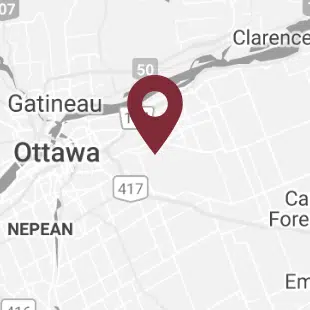There is no longer a need to check the weather before going out for a bite to eat – simply dine-in! The day has finally come where Ontarians can enjoy a meal or a drink inside their favourite restaurant or bar.
Following Premier Doug Ford’s announcement on Monday, 99% of Ontario businesses are permitted to reopen, starting July 17th, as part of the province’s Phase 3 transition. Among these businesses are restaurants and bars which have been given the green light to serve food and drinks and provide entertainment indoors (while adhering to the 50-patron capacity restriction), but here is the catch – no dancing allowed.
The questions surrounding enforcement, compliance and liability related to the “no dancing” rule are looming. How far does the policy go? Can a patron be removed from a bar for tapping her foot to the irresistible beat of her favorite song? Is there a legal responsibility on bar owners to create a “no-dance ambiance” by, for example, keeping music down and lights up?
While it may seem peculiar, the enforcement and compliance of the “no-dance policy” is important, especially since bars and nightclubs have served as hotspots for COVID-19 outbreaks in other jurisdictions. Additionally, bar owners in other jurisdictions have quickly realized how particularly difficult it is to enforce social distancing restrictions on inebriated individuals.
The “no-dance policy” finds its authority in the Emergency Management and Civil Protection Act (the “Act”) under Ontario Regulation 364/20 (the “Regulation”). According to this new legislation, a person or group who is under contract with an establishment may dance, sing or perform at said establishment if:
- players of brass or wind instruments are separated from spectators by plexiglass or another impermeable barrier; and
- and all workers and performers maintain a physical distance of at least 2 metres from every other person in the establishment, unless a closer distance is necessary to carry out the performance, serve food or drinks or to maintain health and safety.
Members of the public may sing or perform music (but not dance) at an establishment as long as:
- They are separated from every other person in the establishment by plexiglass or other impermeable barrier while singing or performing with a brass or wind instrument;
- They maintain a physical distance of at least 2 metres from every other person in the establishment while performing; and
- Any equipment used in the performance is cleaned and disinfected between each use.
Interestingly, the term “dance” is not legally defined in the Act or Regulation. While some case law exists to define “dancing” in the context of adult parlours, Canadian law is otherwise silent on the topic. In a 1981 Alberta case, a Court relied partially on the Concise Oxford English Dictionary definition of “dance”, meaning “to move with rhythmical steps, glides, leaps, revolutions, gestures, etc., usually to music, alone or with a partner or set”, to determine whether dancing had been taking place in a restaurant. Currently, it is uncertain how “dancing” is defined in the context of the reopening of establishments during the COVID-19 pandemic.
Despite the limitations of and uncertainty surrounding the new legislation, the Act is a law and not merely a guideline to be followed. The Act gives the Lieutenant Governor in Council the authority to make emergency orders in Ontario, and individuals who contravene these orders can be found to be guilty of an offence and charged a fine of up to $100,000 and/or be subject to imprisonment for a term of not more than one year. Businesses face even higher stakes with fines running up to $500,000. This means that, during the emergency order, Ontarians could face hefty fines for dancing inside an establishment or for breaking any other laws outlined in the new legislation.
It is also important to note that nightclubs, as distinguished from restaurants and bars, are permitted to reopen strictly for the service of food and beverages; buffet-style services are prohibited; patrons must be seated while eating or drinking in an establishment; and establishments must be configured so that patrons seated at different tables are separated by a distance of at least 2 metres or by plexiglass or another impermeable barrier.
In Monday’s press conference, Premier Doug Ford encouraged businesses to be creative with their proposed reopening plans, advising owners to submit proposals to the chief medical officer for approval. Similarly, around the world, bar owners have heeded the call to creativity in reopening. Some have marked dance floors with social distancing circles in which patrons must contain their dancing. Others have repurposed their dance floors into lounges with couches and tables. If you develop a creative reopening plan, which might otherwise be deemed to be in breach of the new legislation, be sure to submit a proposal and wait for approval before executing it. Business owners may submit their proposals by visiting: Ontario.ca/reopen.
Like many COVID-19-related restrictions, the “no-dance policy” is an unprecedented area of law and regulation. Only time will tell what the new “night-life normal” will look like for Ontarians.
Thank you to Summer Law Students, Chanelle Willard and Sarah Antonious, for writing this blog post. If you have any questions, or for more information, please contact Jade Renaud, a member of the Business Law team. Jade can be reached at 613-369-0373 or at jade.renaud@mannlawyers.com.







